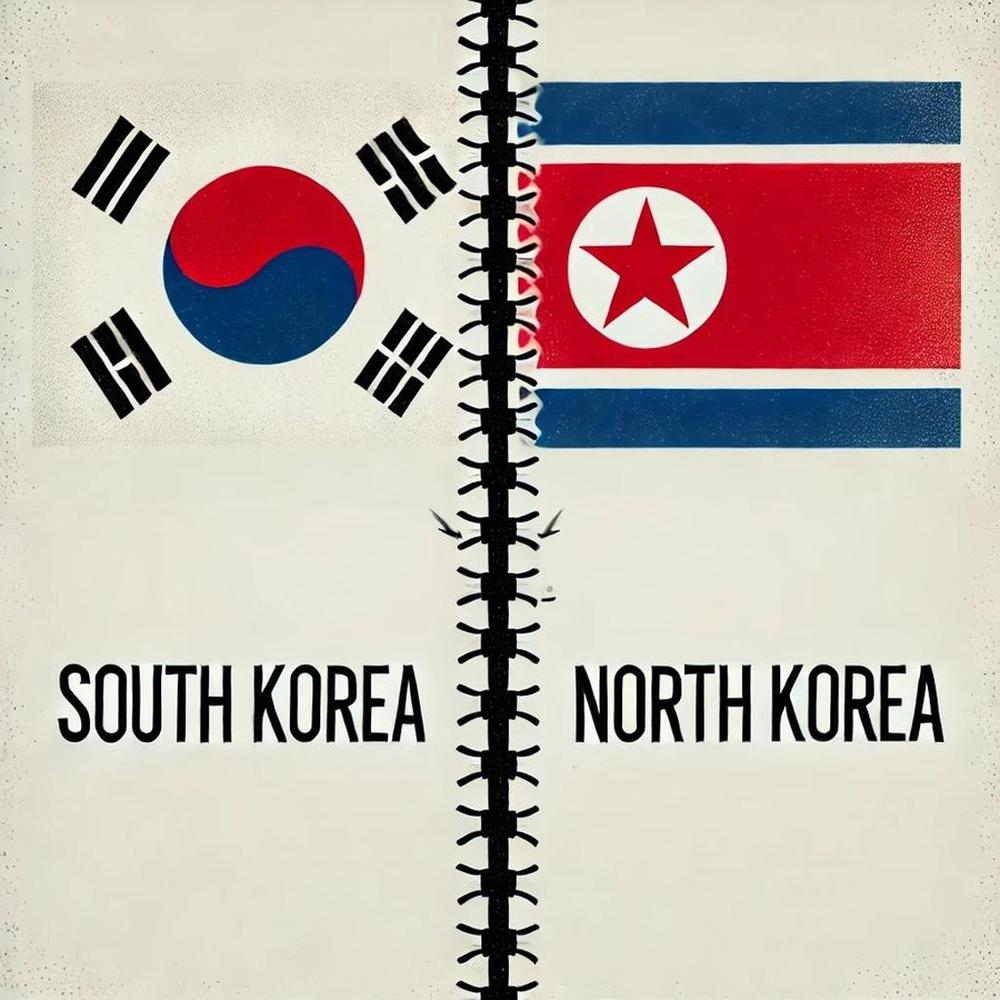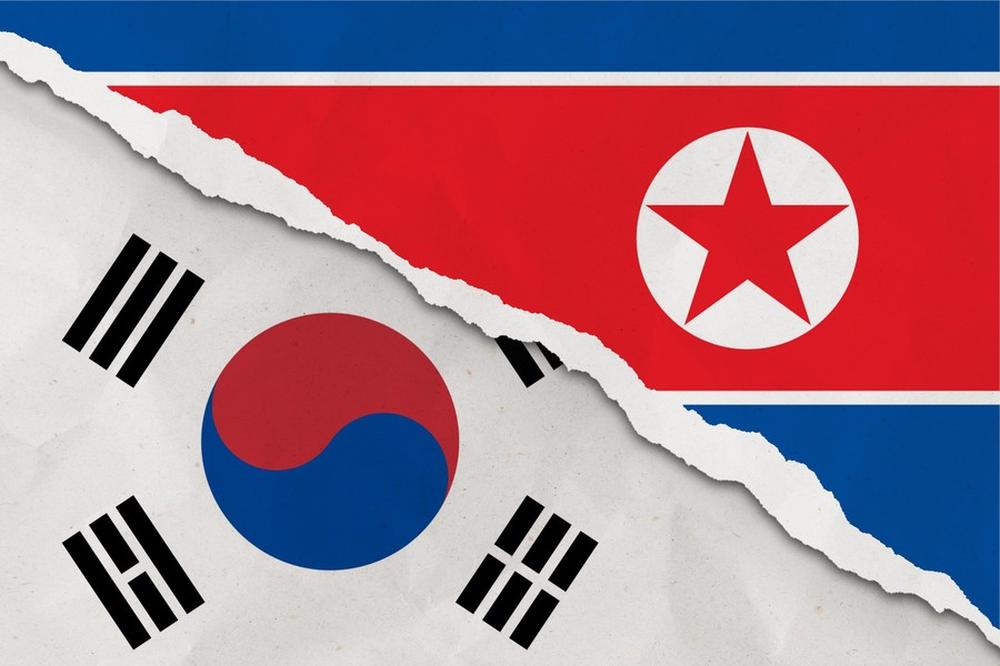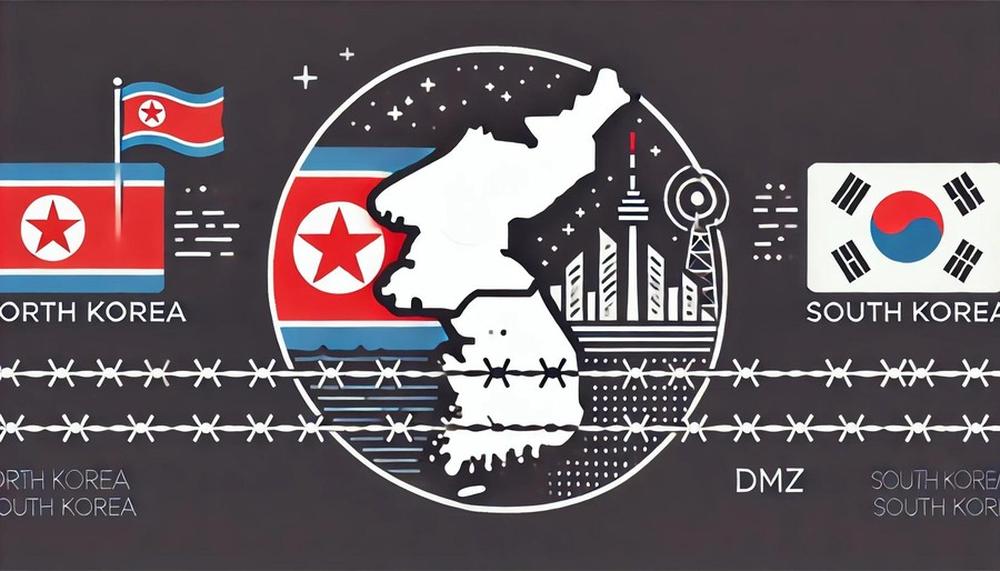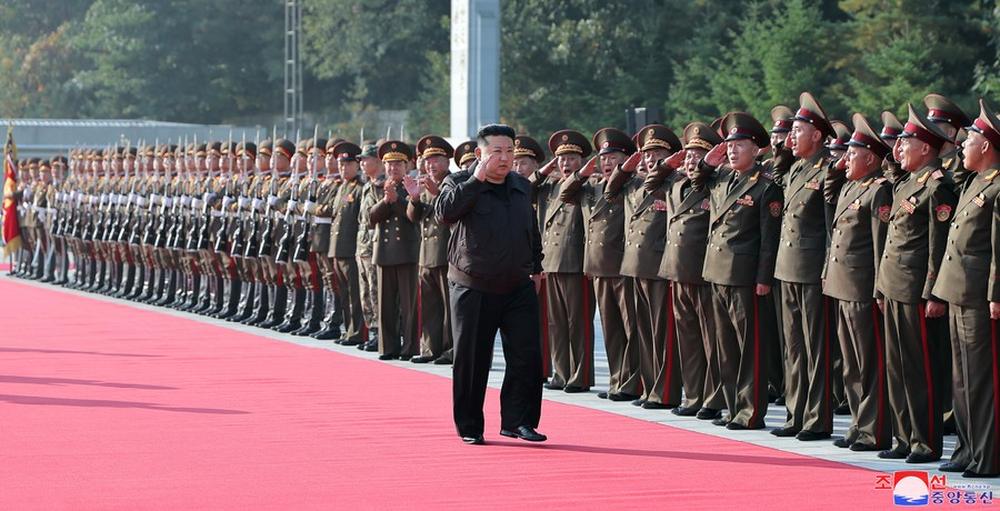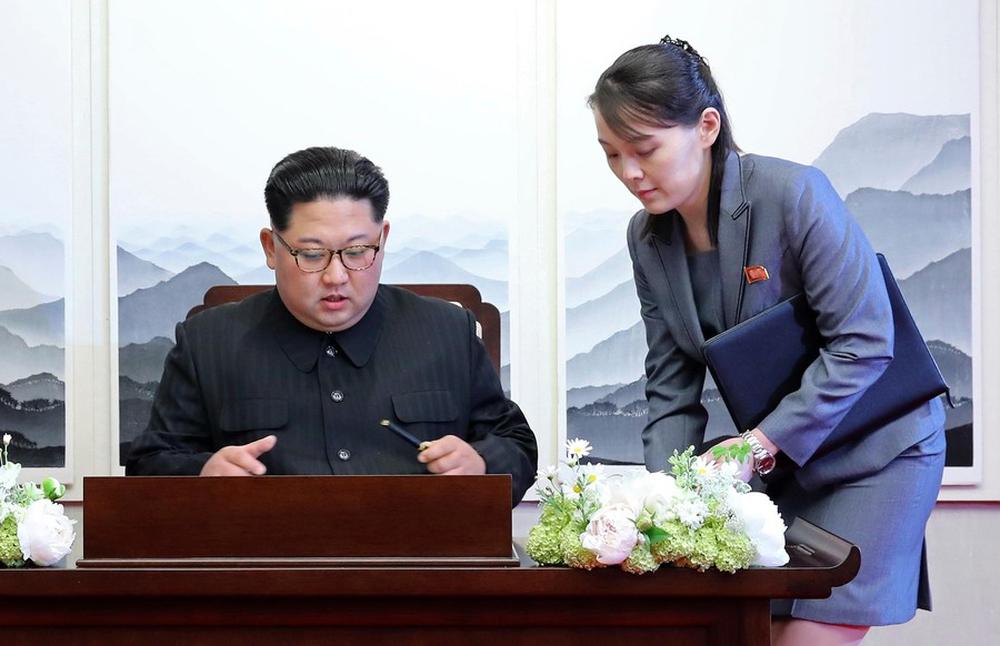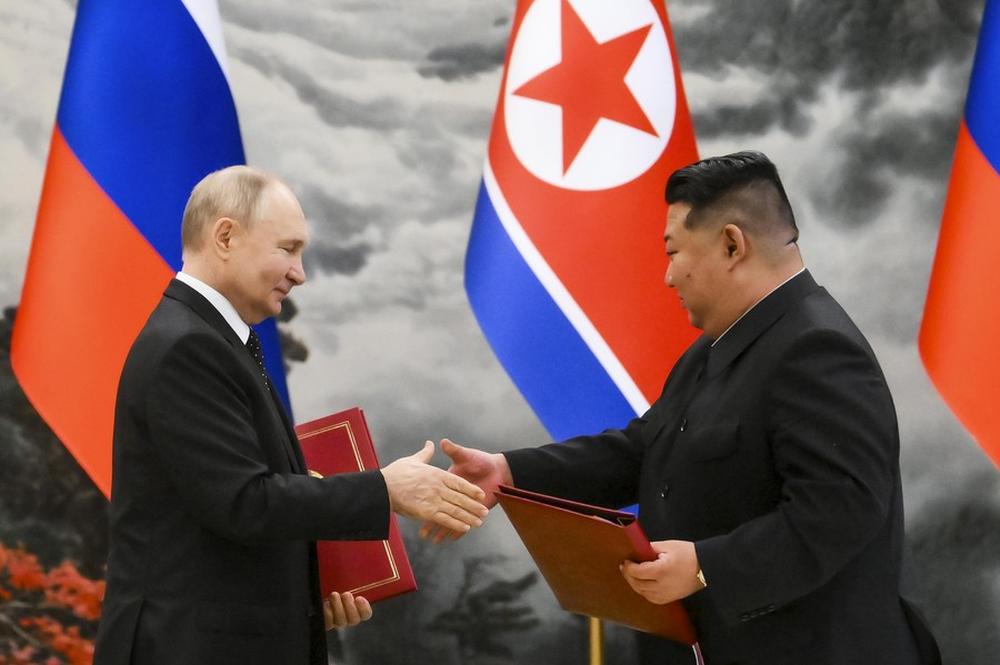- #Inter-Korean Relations
- #North Korea
- #Nuclear & Missile Issues
- #Security & Defense
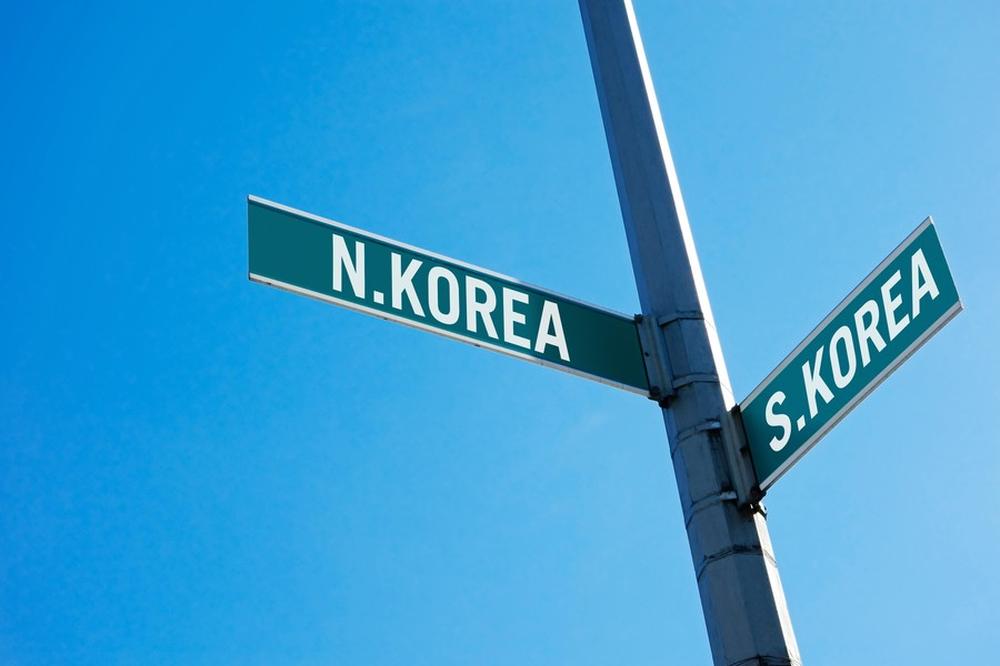
► Pyongyang's “Two-State Theory” reinforces its hostile stance toward South Korea, justifying its nuclear program as essential for North Korea's survival.
► This perspective perpetuates hostilities on the Korean Peninsula, heightens the regional security dilemma, and reduces the likelihood of North Korea’s denuclearization.
► For now, South Korea and the United States should prioritize maintaining stability through smart deterrence and garnering international support for peaceful reunification.
At the 9th Expanded Meeting of the 8th Central Committee of the Workers’ Party of Korea last year, North Korea defined inter-Korean relations as “those between two hostile states,” sparking extensive debate and speculation among experts on North Korea. While the political implications of Pyongyang’s “Two-State Theory” have been widely examined, relatively little attention has been devoted to its effects on security within the region. This paper seeks to address the security ramifications of the Two-State Theory, with particular emphasis on nuclear issues, including denuclearization and deterrence.
North Korea’s Two-State Theory serves as a theoretical justification for its nuclear program, positioning nuclear weapons as essential for ensuring regime survival. Pyongyang’s view of inter-Korean relations aligns with the notion of “Hobbesian anarchy” in Alexander Wendt’s social constructivist theory, where states are locked in a security dilemma and rely on self-help for survival. Furthermore, North Korea faces distinct constraints; diplomatic isolation limits its access to reliable alliances, and an underdeveloped economy hinders its ability to maintain sophisticated conventional forces. As a result, Pyongyang views nuclear deterrence, grounded in a “balance of terror,” as the only feasible strategy to address the hostile international environment, asserting that its nuclear arsenal is essential to safeguarding its sovereignty and security.
North Korea, however, is far from an innocent victim in hostile inter-Korean affairs; its own provocations have been primary catalysts in shaping the current relationship. North Korea’s persistent nuclear development, frequent missile launches, and deployment of tactical nuclear weapons threaten both regional stability and the integrity of the Nuclear Non-Proliferation Treaty (NPT) regime. Moreover, in 2022, Pyongyang revised its nuclear doctrine to legalize the use of nuclear weapons when attacks against North Korea are “judged to be imminent,” or when it is deemed necessary to “take the initiative in war.” Given the subjective and ambiguous nature of these preconditions, the potential for nuclear coercion against neighboring countries is raised. North Korea has also engaged in multiple forms of provocation, including military skirmishes along the border, demolishing the Inter-Korean Liaison Office in Kaesong, and launching “trash balloons” into South Korean territory.
In a way, the Two-State Theory functions as a powerful self-fulfilling prophecy within the security domain, deepening the hostility on the Korean Peninsula. By pursuing policies that violate the NPT, North Korea intensifies regional security concerns and isolates itself from the international community, thereby reinforcing its own narrative of existential threat and the need for nuclear deterrence. This provocative behavior also exacerbates the regional security dilemma, prompting neighboring countries to bolster their own defenses, which, in turn, validates Pyongyang's rationale for nuclear armament. For instance, North Korea’s rapidly expanding nuclear arsenal has influenced public opinion in South Korea, leading to a growing pro-nuclear sentiment in response to the perceived military imbalance.
By cultivating an environment where military escalation appears inevitable, the North Korean regime sustains its grip on power domestically, presenting itself as the ultimate defender of sovereignty against external threats. Yet, this approach exacts a significant toll on ordinary North Koreans, who bear the burdens of international isolation, economic hardships, and restricted access to resources and opportunities due to Pyongyang's adversarial stance. While the Two-State Theory may solidify the Kim regime’s authority, it does so at a heavy cost to the general populace, trapping North Korea in a cycle of hostility that stifles potential paths to peace.
Ultimately, Pyongyang’s Two-State Theory exerts a negative influence on North Korea’s nuclear issues by justifying the regime’s entrenched hostility toward South Korea and reinforcing its nuclear program as a necessary defense measure. Consequently, the prospect of denuclearization becomes increasingly remote, as the regime regards its nuclear capabilities as central to its security and authority in the face of perceived existential threats. How, then, should North Korea’s nuclear issues be addressed?
Recently, a group of experts has proposed arms control between North Korea and the United States as a potential alternative, yet this approach appears largely unfeasible. Structural arms control, which aims to stabilize mutual deterrence between nuclear states by adjusting force structures, is unlikely to succeed between two states with vastly asymmetrical military capabilities. Given its substantial nuclear superiority, the United States has little incentive to establish a formal framework for mutual deterrence with North Korea. Even if arms control negotiations were initially successful, there remains a high risk of breakdown during implementation, as North Korea is unlikely to disclose its full nuclear arsenal due to fears of a counterforce strike by the United States. On the other hand, operational arms control measures—focused on risk reduction and confidence-building through communication channels and shared crisis management protocols—are comparatively more feasible, as they do not require disclosing sensitive military information. However, Pyongyang currently appears disinterested in any form of negotiation over operational arms control, as demonstrated by its recent decision to terminate the September 19 Inter-Korean Military Agreement, a comprehensive operational arms control arrangement between Seoul and Pyongyang.
Given the challenges to North Korea's denuclearization and the limited feasibility of arms control, it is crucial for South Korea and the United States to maintain stability on the Korean Peninsula until a viable opportunity to resume the denuclearization process emerges. Implementing a strategy of “smart deterrence”—one that ensures effective nuclear deterrence while minimizing provocations—is essential to balancing security with stability. A focus on robust second-strike capabilities, rather than first-strike or decapitation options, would enhance crisis stability by reducing the perception of imminent threat and avoiding escalation. Additionally, South Korea and the United States should refrain from using provocative language toward Pyongyang, as hostile rhetoric serves only to bolster the Kim regime’s position domestically and reinforce its narrative of external threat. Maintaining a strong ROK-U.S. alliance is equally vital, as any sign of weakening in this partnership might fuel pro-nuclear sentiment within South Korea, potentially destabilizing the region further. Finally, garnering international support for the peaceful reunification of Korea is critical to counter Pyongyang’s Two-State Theory, promoting a vision for Korea that emphasizes cooperation over division.
Seung Joon Paik is a research fellow at the Korea Institute for National Unification. His research interests include international security, nuclear deterrence and arms control, political violence, and inter-Korean relations. Seung Joon received his Ph.D. in Political Science from The George Washington University.
